Food Hygiene for Childminders: A Guide
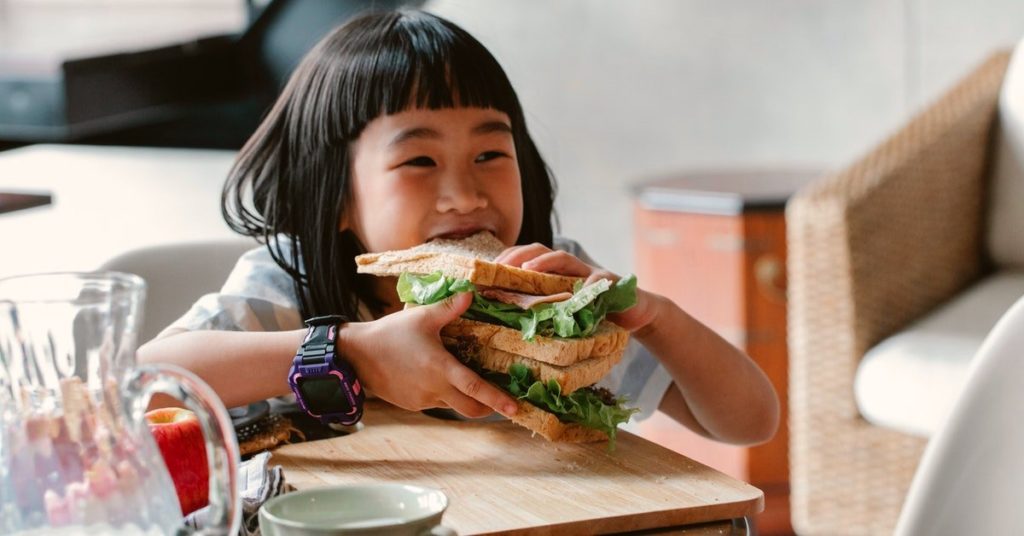
Estimated reading time: 11 minutes
Introduction – Food Hygiene for Childminders
If you work as a childminder from your own home and provide food and drinks to children, you must abide by UK Food Safety requirements. Whilst proper food safety practice is vital for any business providing food to the public, the consequences of poor food hygiene for childminders can be exponentially worse.
Children and babies have under-developed immune systems compared to the average person. Consequently, they aren’t as strong when it comes to fighting off bacteria, viruses and parasites in food and drink. Moreover, coupled with the rising rate of allergies in children, it is clear that good food hygiene practice is a prerequisite for your childminding business.
To this end, below we will cover the vital components of good food hygiene for childminders; specifically, the Four C’s of good food hygiene and how you can apply them to caring for children. You can use this article as a general, comprehensive guide to understanding the implementation and advantages of proper food safety for kids.
The Four C’s of Food Hygiene for Childminders
Cross-Contamination
Conceptually, this first ‘C’ is fairly easy to understand. Cross-contamination is the transfer of bacteria and other harmful contaminants from an infected area to a non-infected area. Easy, right?
Well, no. Things get complicated when we apply this idea to real-life situations, simply because there are so many different forms of contaminants. For example, food itself is an obvious culprit. Raw meats, fish and poultry, the latter of which can contain salmonella and campylobacter, can all be dangerous. So too, unwashed vegetables, particularly leafy greens, can be breeding grounds for E. coli and clostridium despite their healthy appearance.
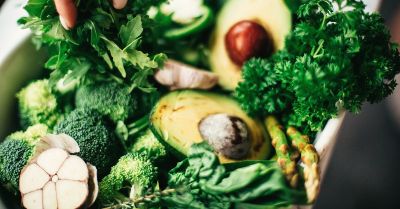
Furthermore, there are other potential sources of harmful bacteria and microorganisms than just food, especially in a childminding context. Young children likely haven’t cultivated the best personal hygiene habits yet. In addition, they are more prone to accidents.
Vomiting, diarrhoea and incontinence can all be common in this age group and are often sources of contamination. Helping children go to the toilet or changing nappies and potties can be equally hazardous. As with any kitchen, pests such as cockroaches and mice can bring harmful bacteria to the kitchen. You should regularly check for droppings and other telltale signs of vermin, such as chewed cardboard.
You must also review your own personal hygiene. How clean are you and how clean are your clothes? Have you recently been unwell? If so, you shouldn’t be preparing food for children until 48 hours after symptoms of illness have ended.
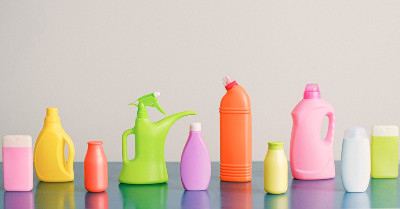
Chemical and physical contaminants can be extremely dangerous, too. Bleach, detergents and cleaning fluids are potential chemical hazards for children, who don’t understand the dangers they pose. Similarly, bottle caps, plastic containers and other small, swallowable objects are the sorts of physical contaminants which can lead to choking.
Finally, allergens need to be taken into account. Children often suffer from surprise allergic reactions because neither they nor their parents know the food they can tolerate and/or eat safely yet. Whilst one child may be fine eating peanuts, cashews or shellfish, another may not. As a rule, you shouldn’t be serving any of the 14 allergens to children until the parents of all children in your group give the go-ahead.
Preventing Cross-Contamination
This list of possible contaminants can be daunting. Fortunately, it is easy to control if you learn and practice methods of prevention. Whilst we can’t go into complete detail here, these are some typical, common practices for all kitchens, applied within the context of catering for children.

You should wash your hands properly and encourage the children in your care to do the same. In doing so, not only do you protect the children in that particular moment, you also teach them great habits for the future.
Perhaps you could pin up a handwashing poster in the bathroom. Create a clear ritual for the children, which they can use every time they eat food or go to the bathroom.
Since you operate your business from your home, you should practice good storage habits in your personal fridge, as it is probably the same one in which you store children’s food. Raw meat, poultry, fish and eggs should all be stored on a low shelf, whilst ready-to-eat foods and cooked meats should be higher in the fridge. Similarly, you should keep unwashed vegetables separate from other foods. Put packed lunches and pre-prepared meals on the highest shelf.
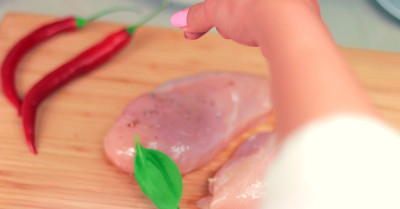
As in any food business, unclean work surfaces and utensils are common areas of contamination. You should thoroughly wash and disinfect chopping boards, knives and work surfaces which have been in contact with raw meat or unwashed vegetables.
If you can, use different chopping boards and work surfaces for meats, poultry, unwashed vegetables and ready-to-eat-foods.
Keep nappy-changing facilities away from food; the kitchen is not the right area for this. You should dispose of these dirty nappies properly, preferably in a separate bin. Don’t bring your dirty laundry into the kitchen when food is being prepared.
Finally, it is likely that you can’t entirely avoid all potential allergens, since there are many more than just the infamous 14. As such, the best methods of prevention are to keep a detailed record of child allergies and read ingredient labels thoroughly before cooking.
Cleaning
However, with all of these preventive methods in mind, you still need to know and apply proper cleaning practices to these areas of contamination. Here are 3 straightforward methods, applicable to and useful in general food preparation. However, we must consider them within the context of serving food to children.
- Follow a ‘Clean-as-you-Go’ policy. Wash utensils, wipe surfaces and remove waste whilst you prepare food. Whilst this is simple in practice, however, juggling this with childcare can be difficult, as you probably know. Instead, follow a clean-as-you-go regime whilst also cleaning before and after children arrive at your house. This ensures that, should one child need immediate care, your kitchen remains safe for others.

- Wash fruits and vegetables. Children won’t think to wash an apple before grabbing it from the fruit bowl. Ensure that accessible fruits are clean and ready for consumption. Contrarily, do not wash chicken, poultry or other raw meat. In doing so, you could contaminate work surfaces with bacteria. Instead, cook all meat to the appropriate temperature and store it properly.
- Remove chemical and physical contaminants from reach. So, you’ve properly washed and disinfected knives and chopping boards, loaded the dishwasher and sprayed the surfaces with cleaning fluid. With children in mind, however, you should dry and store dangerous cutlery immediately after washing and store your cleaning fluids in an inaccessible cupboard.
Chilling
As a childminder, understanding how and when to properly chill food is vital; in most cases, children in your care will come with packed lunches. Furthermore, if you do prepare hot food for children, often a safe temperature for consumption is too hot for a child. How long can you leave certain food out to cool, for example? Here’s a few basic rules you should follow.
- Follow the recommended food dates. If food is past the use-by or best-before date, don’t serve it to children in your care.
- Don’t let cooling food drop into the temperature danger zone. If you leave a hot meal out to chill before a child eats it, ensure that it doesn’t fall between 5-63°C, also known as the temperature danger zone, for a sustained period of time. Bacteria multiply at the fastest rate within this temperature range. Similarly, be aware of children leaving food out to become susceptible to bacterial growth. Collect plates and bowls as soon as a child is finished with a meal, so that they can’t nibble food that has been sitting for longer than an hour.
- Refrigerated food must be stored at 5°C or less and frozen food at -18°C or less. Check your chilling appliances once a day and this shouldn’t be an issue. However, if you take children out to the park or cinema, any snacks or lunches should be stored in proper cool bags that can meet these storage requirements. Of course, a cool bag won’t stay at less than 5°C all day but apply some common sense. If it’s a warm day, don’t let a child eat food that has been sitting in a humid bag since the morning.
Cooking
When children arrive in your care, often you’ll only need to serve their lunch and/or breakfast. The former is often packed and provided by their parents and the latter often very simple, such as cereal or fruit. However, in the event that you cook or reheat a hot meal for a child, whether for their dinner or not, follow some basic rules.
- Don’t cook anything complicated. Your childminding service is probably not Michelin-starred and the children in your care likely not next-in-line to the throne. Cook nutritious, simple food for them. Avoid the allergens list and stick to meat, vegetables and carbohydrates, based on the Eatwell Plate. Their under-developed immune systems can both tolerate and benefit from this.
- Cook food thoroughly. You should cook food until it’s hot all the way through; chicken shouldn’t be pink in the middle, for example. Perhaps invest in a meat thermometer. Similarly, you must cook reheated food thoroughly, not just warm it up. Stir microwaved food so that the middle is cooked as well as the outside.
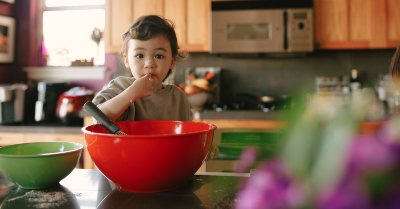
- Be alert whilst cooking. Don’t leave an electric hob, oven or open flame unattended. Cake mixture contains raw eggs, one of the main allergens, so don’t leave it unattended. A child’s curiosity is precious and brittle; it should be nurtured and tended to. However, this natural interest can be dangerous in a kitchen.
- Keep cooked food hot. If you leave rice in a pan, for example, and it descends to room temperature into the ‘danger zone’, it can grow bacterial spores very quickly. Keep cooked food hot if you want to serve another portion or leave it to cool in a safe area as quickly as possible and then store it in the fridge.
- Cater to children of different ages. This final cooking tip is a relevant concept in all elements of food hygiene for childminders. If you have a baby who needs reheated formula and a toddler who needs reheated soup, how can you fulfil their different needs? How much space can your hob, oven and microwave provide? Think properly about your cooking capacity.
Food Hygiene for Childminders – What to Do Next
Soaking in a comprehensive guide like this can be a challenge and you may feel overwhelmed by these rules. However, every single one of them is key to the safety of children in your care. So, how can you adhere to them?
Record-keeping is vital here. Follow a routine and know exactly what goes on in your kitchen. If there is a contaminant, make a note of it. Make a checklist of daily cleaning tasks. Store and date your food properly. Food hygiene for childminders is simple if you stay organised.
By the requirements of the Food Standards Agency, you must be able to show evidence of following UK Food Hygiene regulations and have written proof of this. Since 2014, Ofsted automatically register childminders as businesses which can face inspections from the local authority. When the food hygiene inspector visits your business, the best form of evidence that you are fully trained in good food hygiene practice is a Level 2 Food Hygiene for Early Years certificate.
You can complete a course in just 1 to 2 hours, entirely online, pausing and restarting as many times as you need. You can start training immediately and download a verifiable certificate as soon as you’re done.
